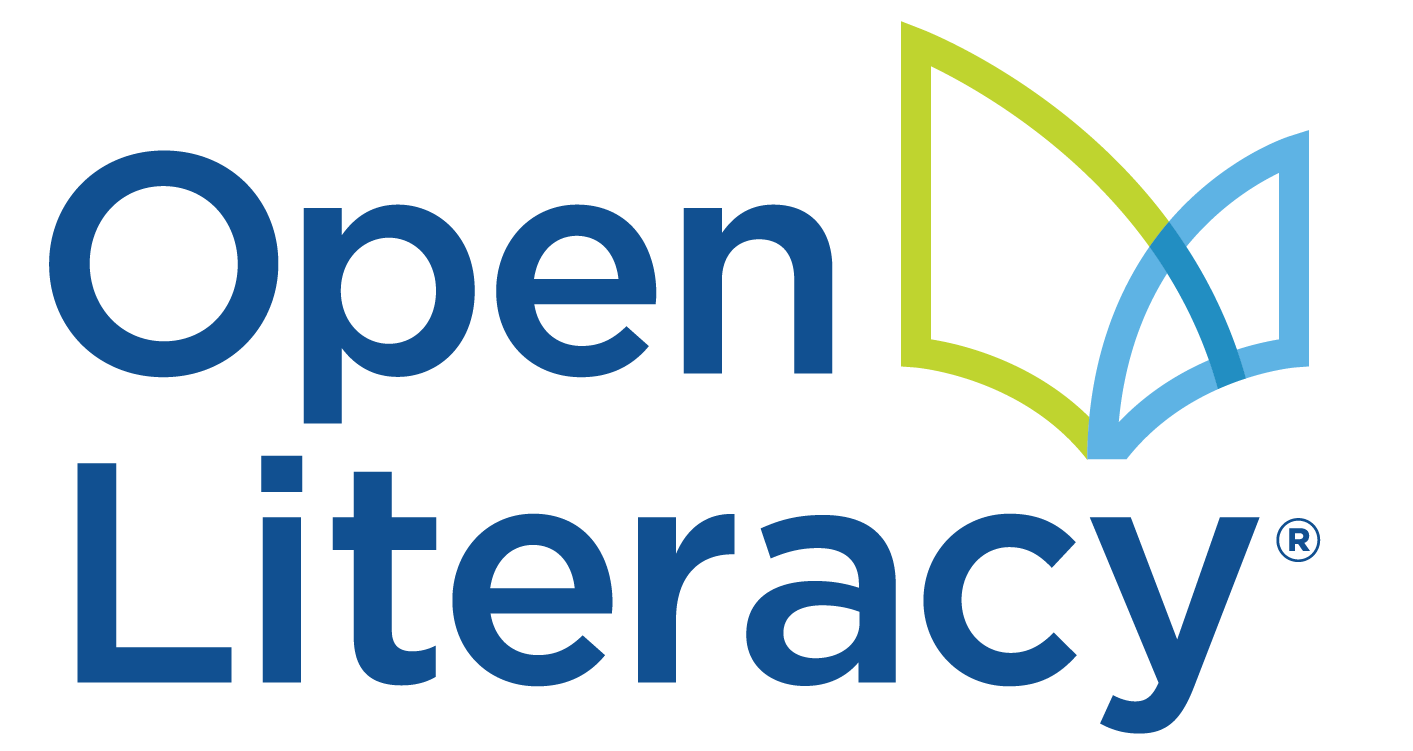What is Morphology?
Morphology is the study of words and the ways in which words are related to other words in the same language.
🔬 A morpheme is the smallest meaningful unit of language. Root words, prefixes, and suffixes are all morphemes. In the word biology, there are two morphemes: dis, meaning not and like.
🔍 Morphemic analysis is analyzing words that are formed by adding prefixes, suffixes or other meaningful word units to a base word. Knowing that wonderful, beautiful, and grateful all share the suffix -ful can give students clues about how -ful changes the meaning of words. Knowing that biology, biography, biosphere, and biome all share the morpheme bio, meaning relating to life, can support vocabulary development and knowledge building.
✨ Morphemes are important for reading -- the study of morphemes supports decoding because readers can read the “chunk” of a word instead of decoding each individual letter. Knowledge of morphemes supports both vocabulary and comprehension.
Never miss a post!
Follow us on Instagram and Facebook
Have a literacy question you’d like answered? EMAIL US
Return to BLOG HOME
